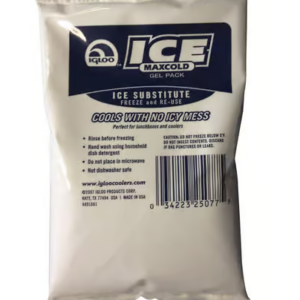$8.50 – $19.00
Duckweed refers to a group of tiny, free-floating aquatic plants belonging to the family Lemnaceae (or sometimes included in the Araceae family under modern classification). These plants are among the smallest flowering plants on Earth.
Key Characteristics:
-
Size & Shape: Typically just a few millimeters in size. They appear as small green discs or oval fronds floating on the surface of still or slow-moving water.
-
Growth: They reproduce rapidly, mainly through asexual budding. Under ideal conditions, they can double in population in just a few days.
-
Habitat: Found on the surface of freshwater ponds, lakes, marshes, and slow streams worldwide.
-
Roots: Some species have tiny rootlets that hang into the water, while others may lack roots entirely.
Ecological Role:
-
Water Purifier: Duckweed can absorb excess nutrients (like nitrogen and phosphorus), helping reduce algal blooms.
-
Habitat: Provides shelter for small aquatic creatures and a food source for waterfowl and some fish.
-
Oxygen Depletion Risk: If overgrown, it can block sunlight from reaching underwater plants and deplete oxygen levels.
Uses:
-
Bioremediation: Helps clean polluted water.
-
Biofuel & Biomass: Studied as a renewable source of energy.
-
Animal Feed: High in protein, used as livestock or fish feed.
-
Human Food: Certain species are edible and consumed in parts of Southeast Asia.
Description
Duckweed refers to a group of tiny, free-floating aquatic plants belonging to the family Lemnaceae (or sometimes included in the Araceae family under modern classification). These plants are among the smallest flowering plants on Earth.
Key Characteristics:
-
Size & Shape: Typically just a few millimeters in size. They appear as small green discs or oval fronds floating on the surface of still or slow-moving water.
-
Growth: They reproduce rapidly, mainly through asexual budding. Under ideal conditions, they can double in population in just a few days.
-
Habitat: Found on the surface of freshwater ponds, lakes, marshes, and slow streams worldwide.
-
Roots: Some species have tiny rootlets that hang into the water, while others may lack roots entirely.
Ecological Role:
-
Water Purifier: Duckweed can absorb excess nutrients (like nitrogen and phosphorus), helping reduce algal blooms.
-
Habitat: Provides shelter for small aquatic creatures and a food source for waterfowl and some fish.
-
Oxygen Depletion Risk: If overgrown, it can block sunlight from reaching underwater plants and deplete oxygen levels.
Uses:
-
Bioremediation: Helps clean polluted water.
-
Biofuel & Biomass: Studied as a renewable source of energy.
-
Animal Feed: High in protein, used as livestock or fish feed.
-
Human Food: Certain species are edible and consumed in parts of Southeast Asia.
Additional information
| Weight | N/A |
|---|---|
| Available Quantities | 1 lb, 1/4 lb |






